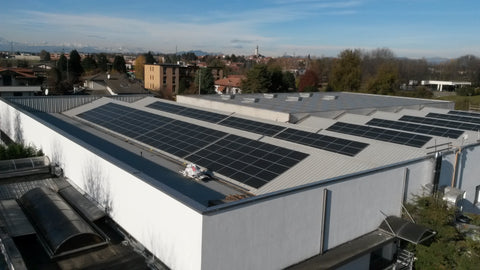As concerns about climate change continue to grow, businesses are under increasing pressure to reduce their carbon emissions. The fashion industry, in particular, is a major contributor to global carbon emissions, and reducing these emissions is a significant challenge. To address this issue, it's essential to understand the different types of carbon emissions, including scope 1, 2, and 3 emissions.
What are scope 1, 2, and 3 emissions?

Scope 1 emissions are direct emissions from sources owned or controlled by a company. This includes emissions from burning fuel in boilers or vehicles and from on-site production processes.
Scope 2 emissions are indirect emissions from the generation of purchased energy, such as electricity or heat. This includes emissions from energy consumed by a company's buildings or manufacturing processes.
Scope 3 emissions are indirect emissions from sources not owned or controlled by a company but are still part of its value chain. This includes emissions from the production of raw materials, transportation of goods, and end-of-life disposal of products.
Why are Scope 3 emissions important in the fashion industry?
The fashion industry's Scope 3 emissions are significant and often go unnoticed. For example, cotton production, a commonly used material in the fashion industry, requires large amounts of water and pesticides, contributing to carbon emissions. The transportation of materials and products also contributes to carbon emissions, as does the end-of-life disposal of garments.
As consumers become more aware of the fashion industry's environmental impact, we at NEEM take responsibility for the entire value chain, including scope 3, which accounts for over 90% of total emissions. Companies that can reduce their scope 3 emissions will reduce their ecological impact and appeal to environmentally conscious consumers.
Retailers can state that they are carbon neutral even though they only measure scopes 1 and 2, this is scandalous, and we are pushing for legislative change.

There is an increasing requirement, especially in the EU, for retailers to measure scope 3 now and publish data; this is happening too slowly in the UK.
At Neem, we measure scope 3 back to the farm, and all our products are carbon neutral. We know exactly where the product is spun right down to Tier 4, and we even know farms. In most cases, we run comprehensive life cycle assessments (with Green Story) that enable us to pull off energy certificates from the makers. We are committed to using manufacturers that are using proportionally or entirely renewable energy.


